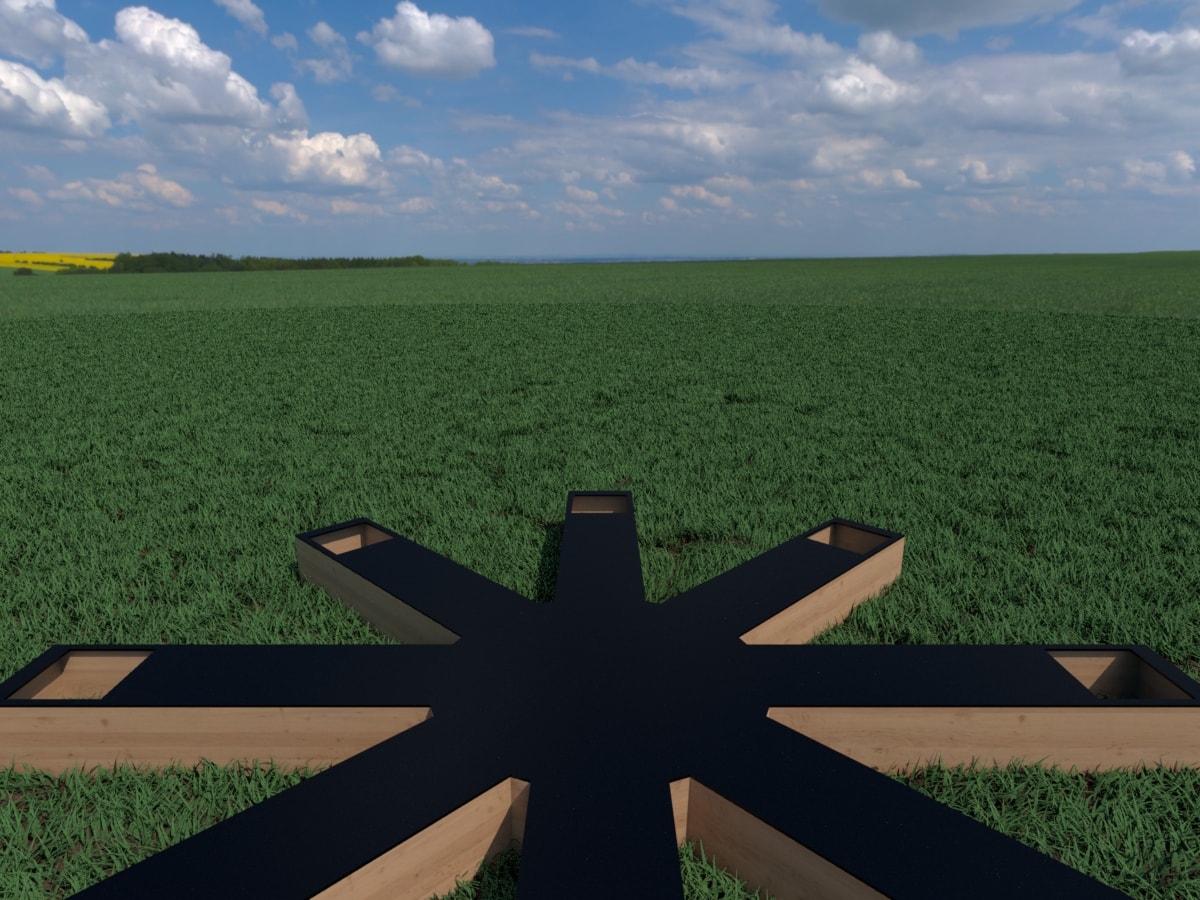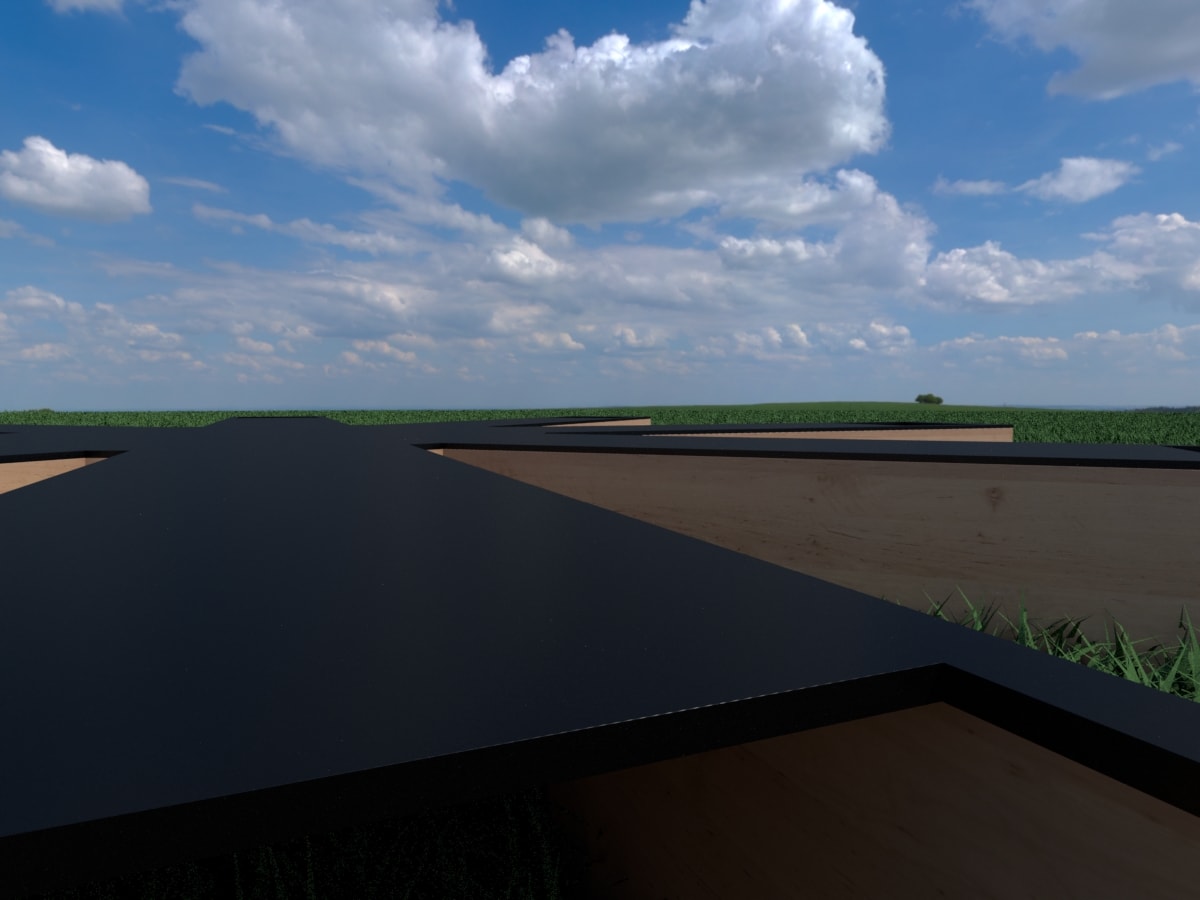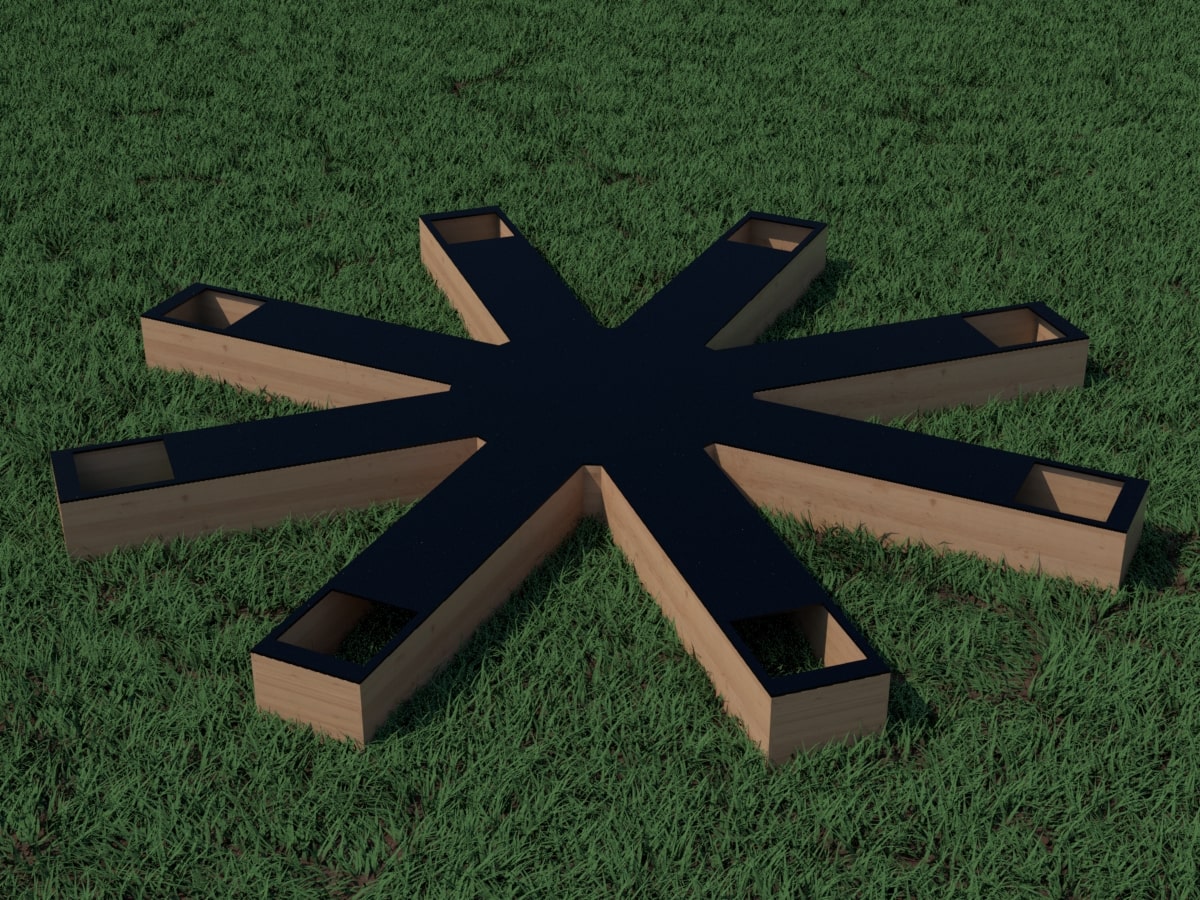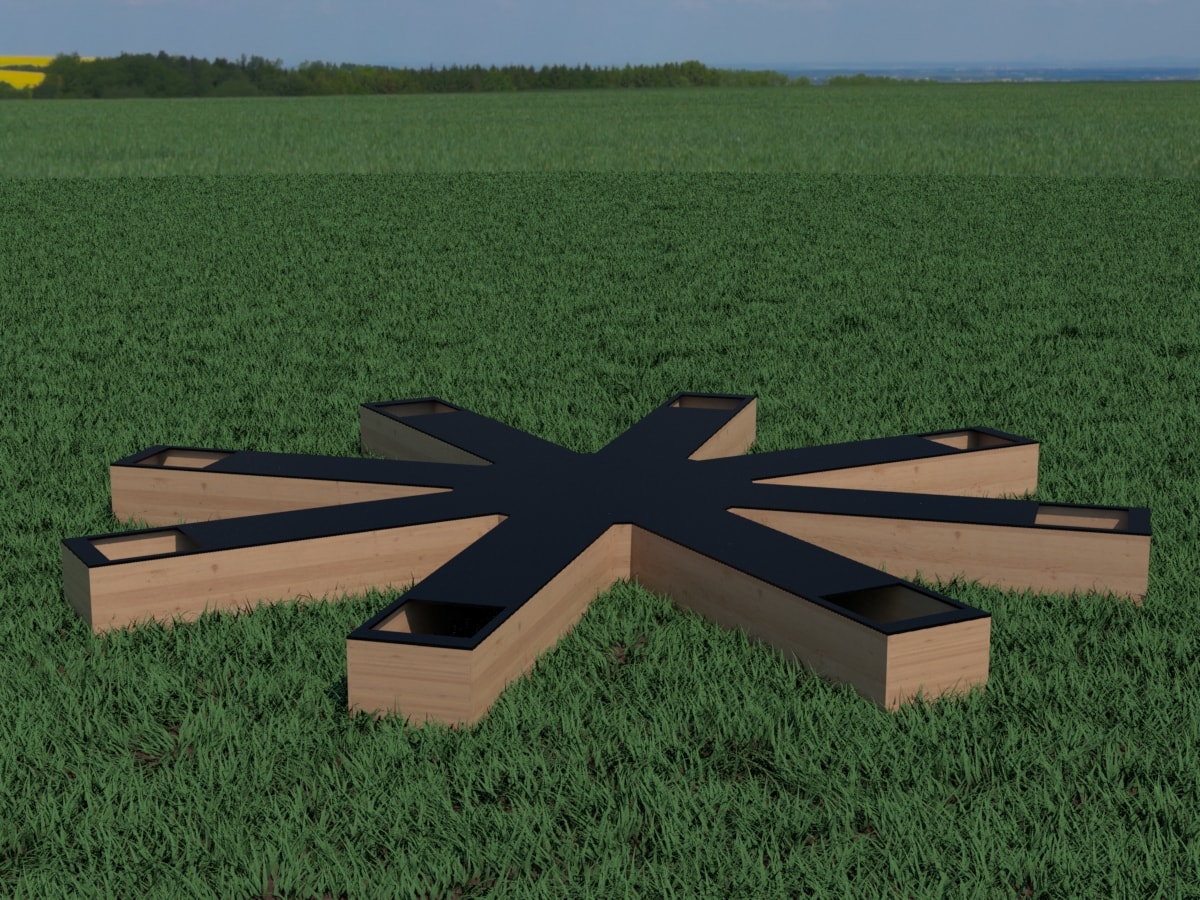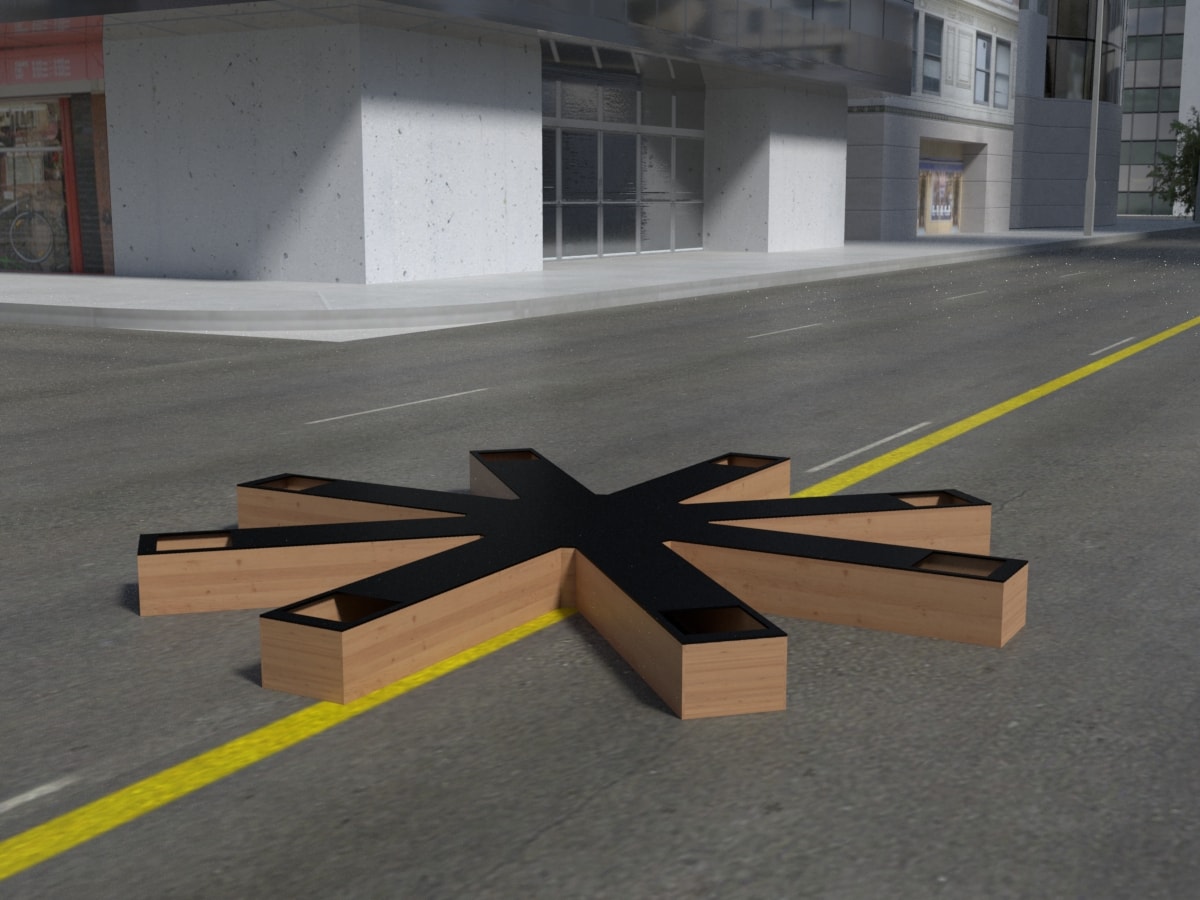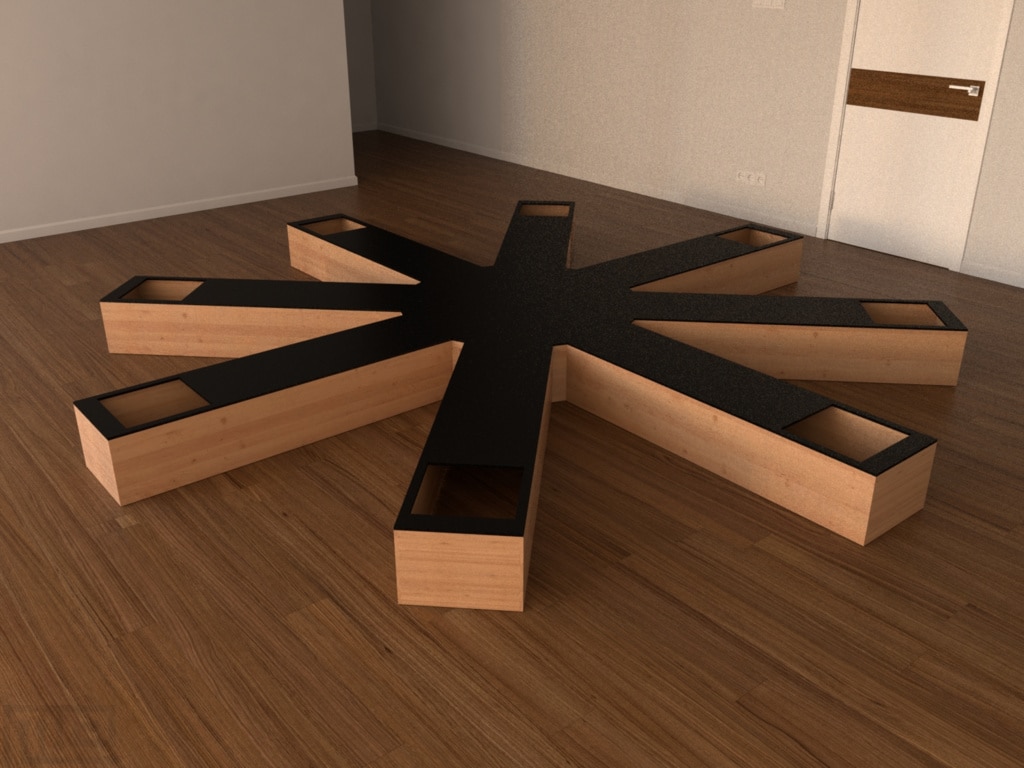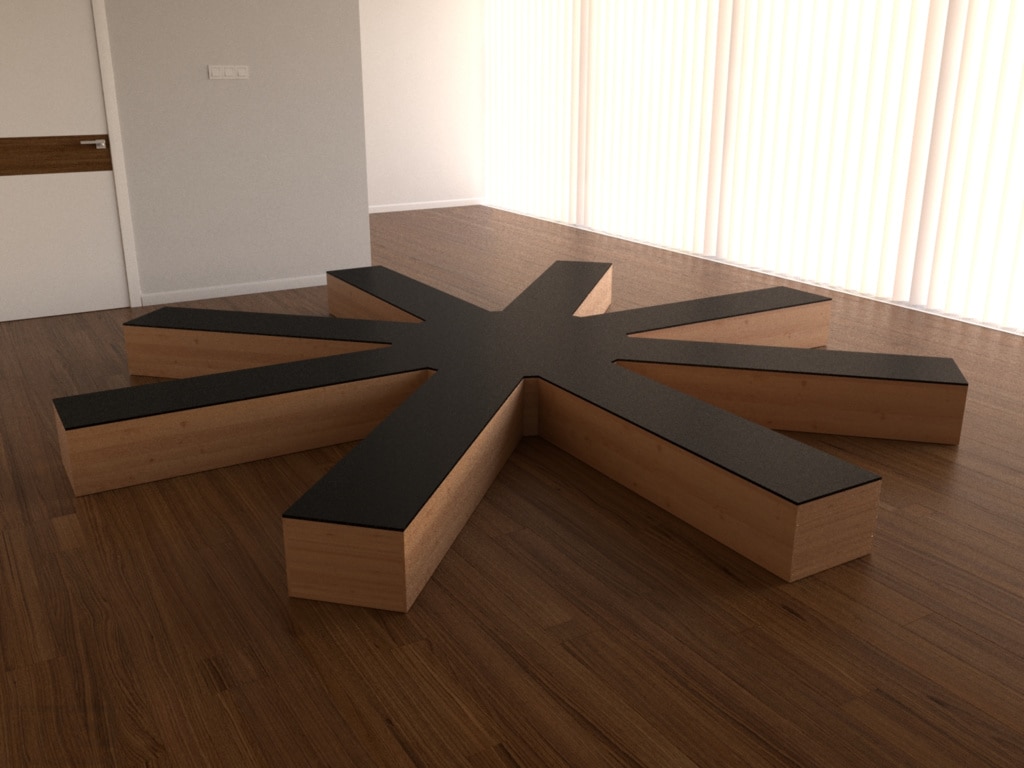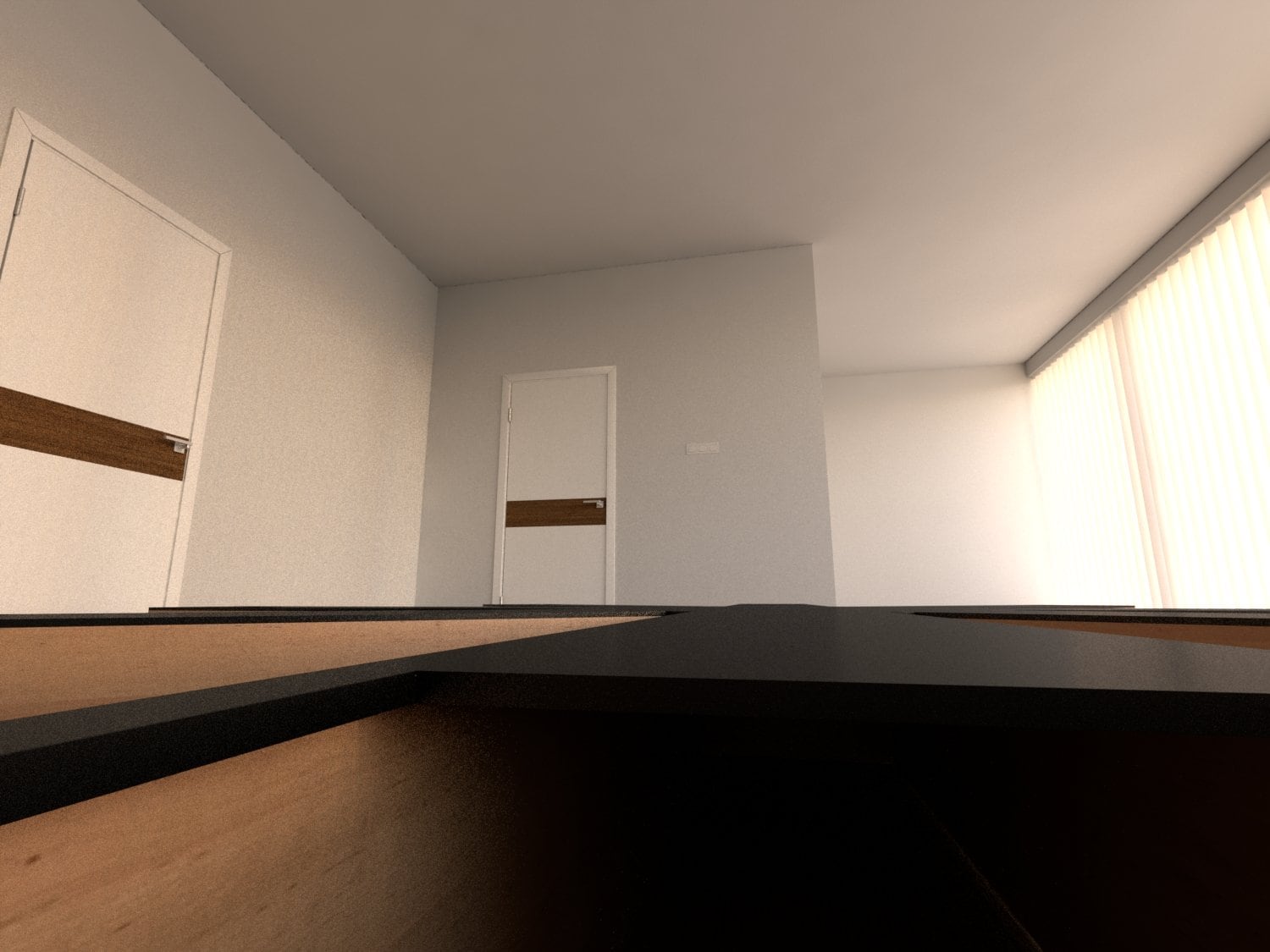In collaboration with Simian Labs, MazeEngineers is proud to offer a virtual reality Radial Arm maze for researchers.
The Virtual RAM Mazes can use a combination of real-world elements and virtual elements. The virtual reality environment can be created as per the need of the experiment. In the Simian version, multiple environments can be configured.


